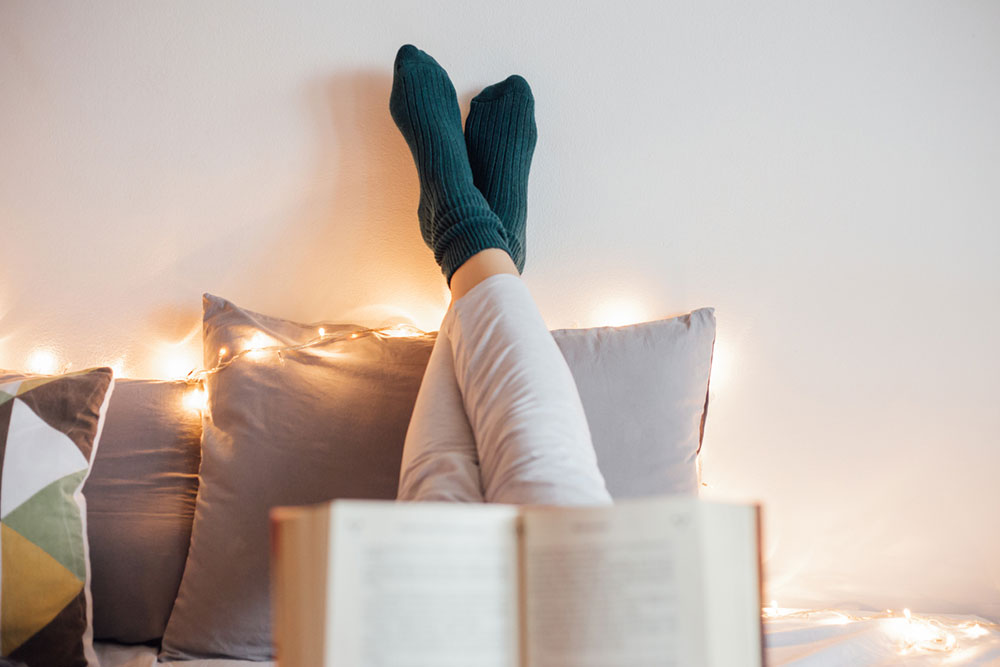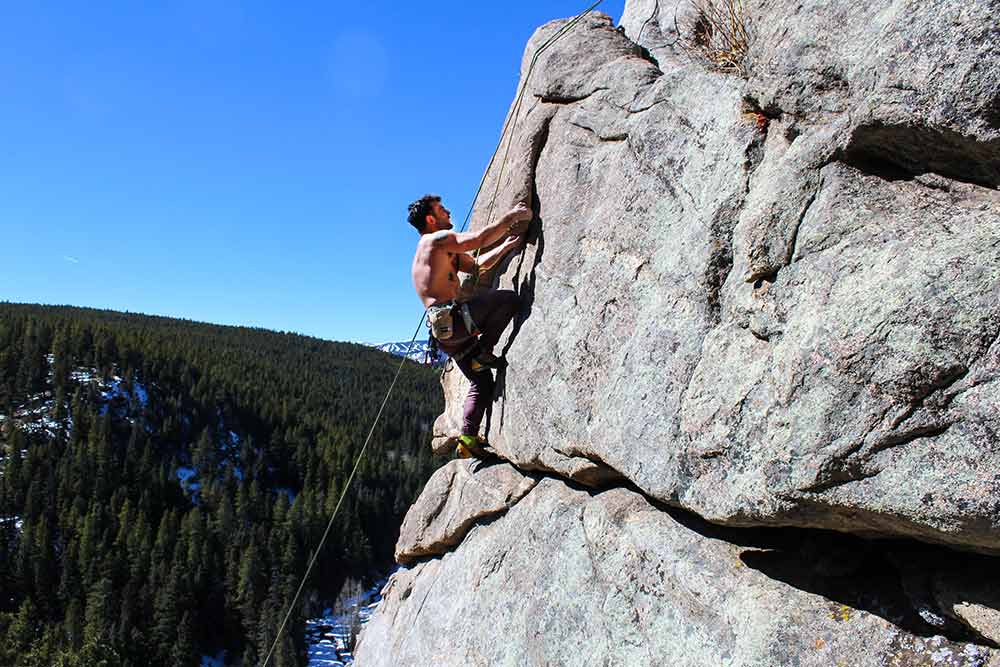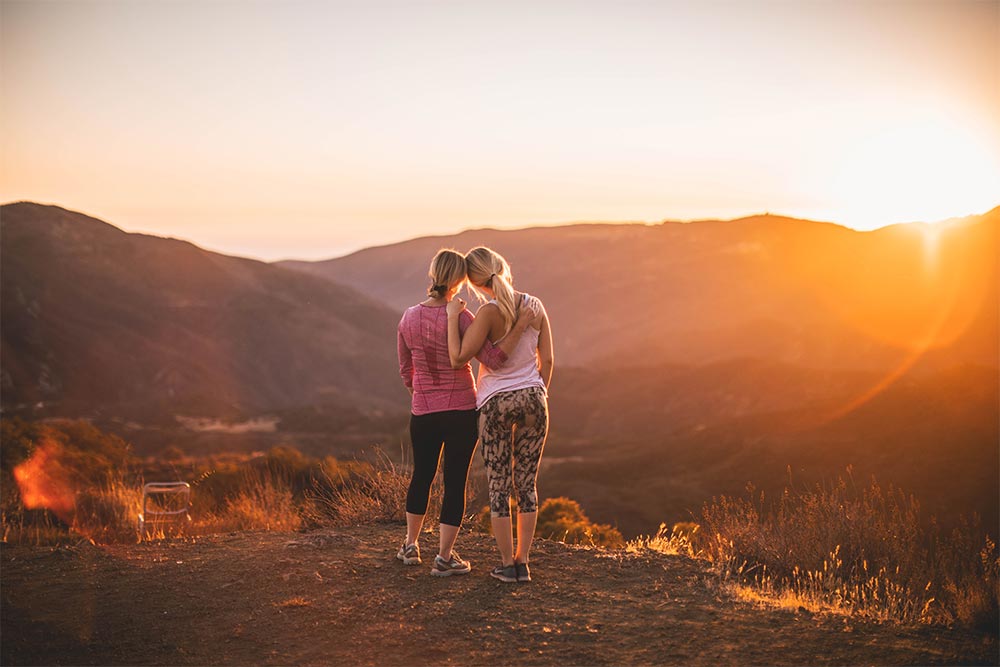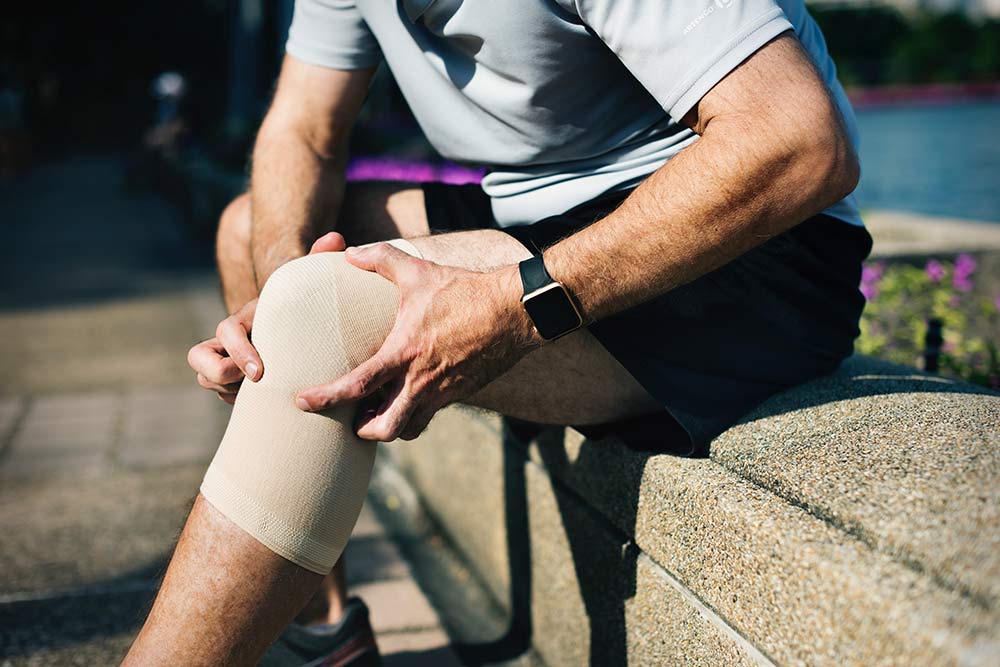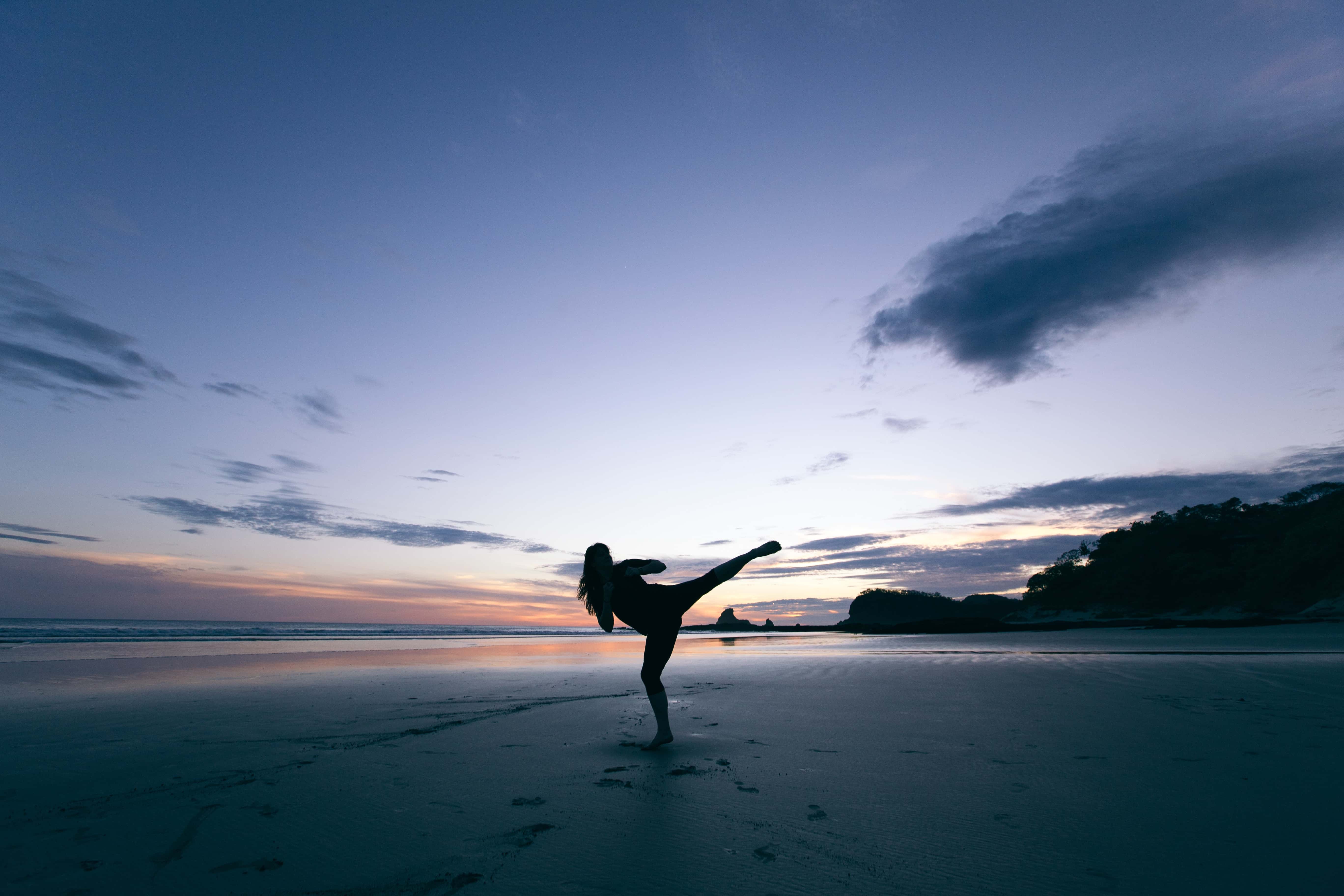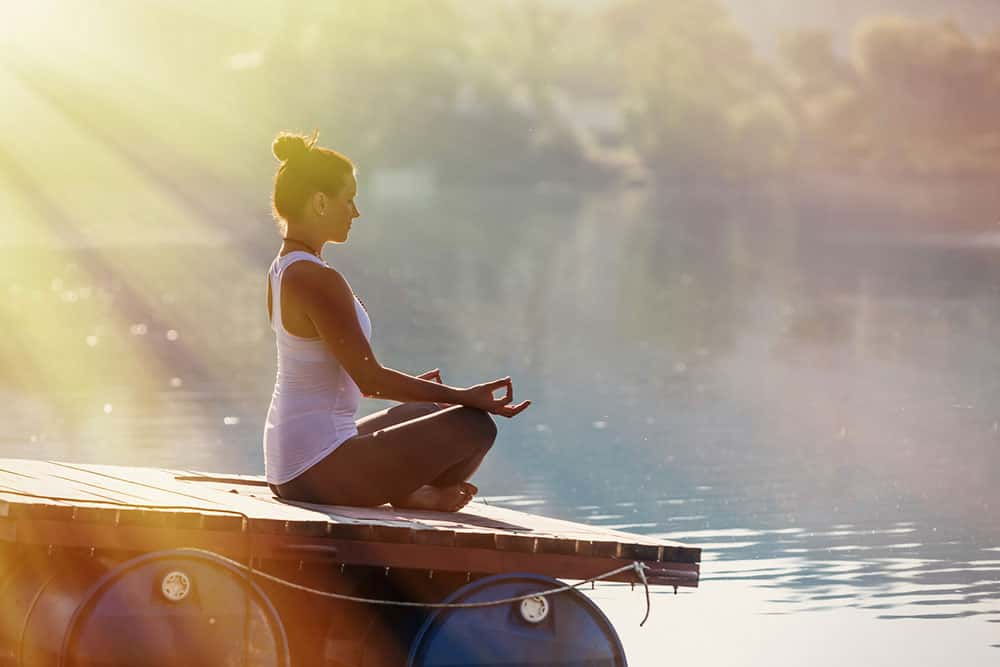Expert Advice On Exercise, Aging, And The Importance Of Stories
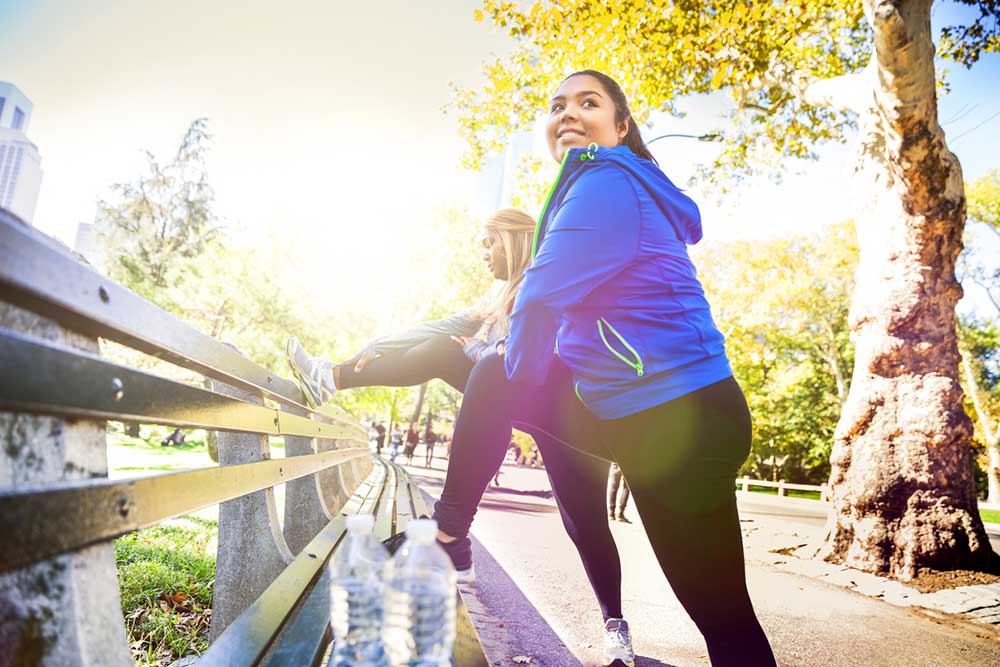
Gillian White, MSc., PhD (Candidate), University of Toronto, Graduate Department of Exercise Sciences
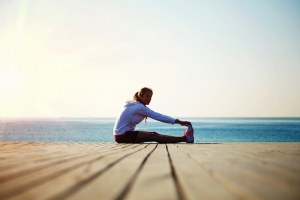 As I’ve written before in Forever Fit Science articles, the majority of exercise and health media and research focus on the quantifiable elements of why we exercise: what workouts make you the strongest, how to most effectively lose weight, the effects of exercise on disease risk reduction. And while nobody would argue that these aren’t extremely important questions to be answered in research and passed on to the public through journals like this one, there’s a certain sterility to them.
As I’ve written before in Forever Fit Science articles, the majority of exercise and health media and research focus on the quantifiable elements of why we exercise: what workouts make you the strongest, how to most effectively lose weight, the effects of exercise on disease risk reduction. And while nobody would argue that these aren’t extremely important questions to be answered in research and passed on to the public through journals like this one, there’s a certain sterility to them.
They’re an amalgamation of numbers and data that we can use to prescribe exercise. What’s missing is that exercise isn’t a prescription pill. It’s a challenge and takes effort so there’s a bidirectional relationship of how it’s received on the other side! If you had to move mountains or solve brain teasers to take a pill, you’d be a whole lot less likely to take it. So, when we create these numbers and evidence driven exercise programs, we need to consider how they’re taken up at the individual level and understand a little bit about who the individuals are (not just n-number of subjects to reach satisfactory statistical power).
I usually operate with the full disclosure that I am a physiologist.
In this capacity, I am behind some of the numbers and evidence that I’m suggesting is lacking in an informed conversation about not only how we should exercise but how we make it more palatable. Why do we exercise in the first place on an individual level? Are we more likely to exercise because a doctor said it will reduce our blood pressure or because a friend is going to the YMCA and we just got cool new running shoes? (Spoiler: I am in the second boat.)
Arguably, the numbers create a scaffold, but the stories of experience fill in the form. To get a sociologist’s thoughts on what it means to be a Forever Fit Science and why this movement is important for everyone, I sat down with Dr. Cassandra Phoenix from the University of Bath, UK.
What is your athletic background? Current athletic/active endeavours?
I wasn’t really an athlete, only in the sense that I was good at phys. ed. and played a lot of net ball. I played netball until university then joined volleyball team. Ultimately this became a turning point where I became drawn to the outdoors and started rock climbing, hiking, surfing more.
When I started my PhD, I led fitness classes as an additional income stream but since I was doing it for work, I felt less inclined to be in the gym for my personal fitness in my free time. Right now I have a young child and time available for my own fitness activities is less predictable!– but I’m an active commuter. I regularly cycle the 20km roundtrip to work, or if I’m not on my bike I make sure I walk up the huge hill that the University campus sits on instead of taking the bus.
Yeah, I often have to tell people that “exercise” doesn’t just mean running.
Absolutely. The research that I’m involved in has shown time and again this idea of an “exercise bandwagon”: sometimes in your life you are less active, and you can’t beat yourself up about it. Sometimes you can get in a high intensity bout in a very short time and that’s all you’re getting and that’s fine. Just because you fell off the wagon doesn’t mean that you can’t get back on – there are ebbs and flows. And that message doesn’t really get out there, so people think they have to be active every day for their whole lives or they’ve failed. It’s not realistic.
How did you get into this field of research? Was there a particular event or question that led/drew you to it?
My undergrad was in sport and exercise science because I enjoyed physical education. The [undergrad] program had a strong sociocultural strand and that was the area that I really enjoyed. I was particularly interested in a lot of the work that was done around athletes who had developed a strong identity through their athletic endeavours and how this could be drastically changed with injuries or retirement. When I decided to do a PhD, I looked around at this idea as a thesis and went “well, fingers crossed that not everyone will get injured but everyone will get older and how do they accommodate the changes to their own body after being an athlete”. At that time, there were very few people researching aging and physical culture. It’s still quite a niche area, but there are more people to have a conversation with!
What are your hopes for yourself when it comes to exercise as you age? Is there anything you’ve seen that’s really inspired you?
I’d like to think that I’ll do more than I can at the moment with a 3-year old [laughs]. Helping to teach him how to ride a bike, walking along beside him, it’s really rewarding, but it’s a lot of slow dawdling and bending over – not great for my back! When I think of the future I don’t think about numbers – how much of what I’ll be able to do, it’s more about how I will feel in my body – I want to continue with yoga for my lifetime. I come and go with it but I really feel the difference when I practice regularly. So I mainly want to feel comfortable in my body – through not “punishing” it with anything too high impact right now and by keeping strong and continuing to stretch. Most importantly, I want to remain open to taking up new activities at 60 or 70 or 80. Never feel like it’s too late.
Do you think with more programs marketed to older adults will help people stay active as they age?
I think so, or at least it will help for it to become the norm. But I think we will need to be careful with marketing that though. I don’t think segregation is a good thing, in terms of this age does this program and that age does another program. I like different groups of people to be mixed up. You get different bodies in one space and it commands a different narrative. It makes you value experience.
So, it’s a double-edged sword, we need to offer the programs specifically for older adults to break down barriers to get them active but by doing this we limit the positive effects of mixing ages in a physical activity context?
Yeah, it reinforces the “older adults are different” stigma. On a purely practical level, the more options, the better. There’s a movement toward modified activities – walking netball, walking field hockey etc. to accommodate aging bodies but others can benefit too, like people who are rehabilitating from an injury or something. I think what we’ll likely see is that both are needed. Some people do feel more comfortable with people of their own age. But, yeah, the more options the better since you’ll appeal to more people and hopefully get more people out there in whatever program they like.
What do you see as the major challenges that face older adults when it comes to activity? What are your thoughts on how to dismantle them?
It varies depending on where you live but I think there are two levels to this – logistical/structural (transport etc.) and social (inequalities etc.). Lack of available transport can be very limiting especially for people living in more rural places. Finding ways to help people just leave the house every day can have a huge impact on how active they are over the course of a week. One of the biggest challenges is the tendency for policy makers to make it an individual responsibility to be active, and to change behaviour. But we know that this isn’t always possible. Many older adults find themselves in situations that reduce their capacity to engage in regular physical activity – they might be caring for a spouse, living in extreme poverty, lonely, living with a chronic health condition. All of these things need to be taken into the equation, but are often overlooked. Simply telling people the health benefits of being physically active and expecting them to embrace this lifestyle is unrealistic without an appreciation of the context which may have directed them towards a less healthy lifestyle in the first place. Addressing these bigger issues of course, can become a real challenge in the age of austerity.
And how do we dismantle these barriers?
[Laughs] Yeah that’s the question, right? So much of it comes down to money and resources. How we fund health is significant – putting more money upstream in preventative aspects as opposed to treatment, would be helpful. I think that that balance needs to be readdressed. Also, the everyday activity that people get that can be so important for them can be addressed when gerontologists, community groups and health practitioners are involved in, for example, city planning – so don’t close rural shops, don’t stop bus services – these can have negative consequences that aren’t really considered. Decisions are made where physical activity isn’t being thought of at every decision point – we need to embed physical activity and health into all of our policy decision making. There’s also the social attitude of aging as being an unavoidable state of decline – we need to continue to counter these stories by getting more examples in the public domain that show the many different ways that people are navigating growing old. For some this is by running marathons, climbing mountains, for others is might be learning to swim later on in life. Let’s get these stories out there however we can – photo journals, drama productions, however – so people can think “ah, it is possible!” and if it’s something that they want to do then a narrative map is there for them.
What are the main benefits, as you see them in your research, to exercise in older age and how to maximize them?
Obviously, a lot of the benefits lie with the physiological side of things. I find these mean less and less to older adults – of course they’re interested in the physical benefits but many are perhaps more interested in issues like social isolation, losing independence. These are things that people are really afraid of. So, the social connectivity that being physically active can bring is hugely important. Like, a lot of people going to the walking group are going not just for the walk but for the social elements that come from that, like the trip to the pub afterward or to the cafe for lunch etc.
Other benefits come from the different ways that being physically active allows people to experience their bodies. This is something that I recently wrote about and published in the journal ‘Social Science and Medicine’. When you look at research in aging and exercise, there’s so much about disease and disability. But the body can bring pleasure through sensory experiences, whether it’s the wind in your hair, the smell of freshly cut grass, the feeling of water flowing around your body and the freedom these sensations instill. It’s often this that keeps people doing what they’re doing, not the fear of potentially having a heart attack.
My own mom’s experience of participating in a high-intensity exercise class for older adults totally supports that idea! She complained about sore muscles for months but kept going because she really liked the other people in the class and now, a year later, she notices the physical difference in her strength, so it’s sort of changed her personal motivation to participate.
Yeah, I think that’s an important point because there’s the easy option where you just emphasize the fun aspect but then it can go too far that way. So, understanding that time is needed for your body to catch up is also required. What keeps those people there in those early days? What do you mean by enjoyment and how do people learn to enjoy their body in that way? These are important questions. For example, some older adults really enjoy documenting their activity. I had one participant who had a training log going and he kept a really detailed account of his activity and there was another lady who would draw up a map of the walks she went and these were really important parts of their exercise experience – so, there may be more creative ways that can be used and we can increase motivation and participation through avenues like these.
Do you see a cultural shift between yesterday’s “Grandmas” and today’s?
I guess the most obvious is that I have no recollection of my grandparents doing any kind of “fitness” activity. Fitness, keeping fit, wasn’t ever talked about. But our style of working is very different from theirs, which was filled with manual labour and physical toil so there wasn’t the same culture of “fitness” as a pursuit in and of itself. Now we see this as a strong cultural pursuit – to be aging “successfully” you need to be not only physically active, but also contributing to civic society, volunteering, consuming,. We see pressures to be “aging successfully”, the shift to be active – to grow old, without seeming to actually age. So, a more intentional way of aging? Yeah. Now we’re all engaged in the ‘body project’ – this lifelong project of fine-tuning our bodies. You’re not safe from it in older age anymore!
Most of the health/wellness media focus on a physical or biological narrative – why do you think the sociocultural voice is quieter and, in your mind, what’s the importance of bringing that voice to the forefront?
I think there’s still very set ways with how people understand what constitutes ‘knowledge’, reality, and therefore ‘good’ or ‘proper’ science. In addition to that, numbers and statistics (of how many older people there are, how little activity they do, how much this is likely to be costing the health sector – geta peoples’ attention quickly. There’s undoubtedly a place for that quantification. With that said, the social sciences have become more important in helping people understand why people’ are or aren’t active, what physical activity means to them, how it might be embedded within or compromised within the habits that shape their daily life. The social sciences voice has been quieter but there’s been a realization in recent years “we know physical activity is good for you – we don’t need to keep telling people that – now we need to understand the social consequences and the social circumstances in which it does or doesn’t happen”. The only way to do that in the level of detail that’s required to be meaningful and useful is through a social scientific approach. I think we see the importance of the nuances. The social scientific voice can speak quite loudly on those fronts. As well as the communication of research findings and policy messages to broader audiences.
What advice do you have for older adults looking to become more physically active?
To know that it’s never too late to start a new chapter in your life story.
Any other thoughts from the sociocultural camp that might be of interest to our Forever Fit Sciences?
I think the only other this is highlighting the importance of intergenerational relationships. As a PhD, I was asking athletes their perceptions of aging and what came through was how they looked at the older people around them to get an idea of what the future is like. I went ‘WOW, I wonder if the older people being referred to know this!’. It’s quite cool to think that you are modeling behaviour and that people are looking to you to understand what could await them in the future.
From Forever Fit Science, I’d like to give big thanks for Dr. Phoenix for taking the time to chat with me about the FTG movement!
Related Article: HIIT Is Beneficial For All Ages
(adsbygoogle = window.adsbygoogle || []).push({});
You Might Like:
Everyday Tips To Be More Mindful
Gillian White – MSc, PhD (Candidate), University of Toronto Mindfulness Part II. Everyday tips to be more mindful. As I discussed in the previous article, Mindfulness Part I, the pursuit and practice of mindfulness has...The Jury Is Out | The Best Exercise for Parkinson’s Disease
Gillian White, MSc, PhD (C) University of Toronto, Graduate Department of Exercise Sciences Parkinson’s disease is a neurodegenerative condition affecting 2% of the population over 70 years of age – roughly 6 million people worldwide...Exercise Recommendations For Irritable Bowel Diseases
Gillian White, MSc, Ph.D. (Candidate), University of Toronto, Graduate Department of Exercise Sciences Irritable Bowel Diseases (IBD) include ulcerative colitis (UC) and Crohn’s Disease (CD) and are autoimmune diseases characterized by chronic inflammation of the...Is HIIT Beneficial For Rheumatoid Arthritis?
Gillian White, MSc, Ph.D. (Candidate), University of Toronto, Graduate Department of Exercise Sciences Rheumatoid Arthritis (RA) RA is an autoimmune disorder resulting in pain, swelling, and stiffness of joints and has been previously discussed in...Autoimmune Illnesses: How To Move When Your Immune System Has Gone Rogue
Gillian White, MSc, Ph.D. (Candidate), University of Toronto, Graduate Department of Exercise Sciences Autoimmune disorders – Rheumatoid Arthritis, Irritable Bowel Disease, Fibromyalgia, among others – represent a category of illnesses that are characterized by your...Exercise, Airways, and Sleep Apnea Prevention
Gillian White, H.BSc., M.Sc., PhD (C) University of Toronto, Department of Exercise Sciences As previously discussed in the recent “What’s keeping you awake” article, both acute and chronic exercise has been shown to improve sleep...(adsbygoogle = window.adsbygoogle || []).push({});

